Livestock trailer design has come a long way since the flat decks and detachable wooden stock crates of early Australian cattle and sheep trucks.
Modern steel and aluminium designs now prioritise animal welfare, safety and efficiency, with some trailers incorporating remote-controlled operations and internal monitoring systems.
But one innovation introduced nine years ago in particular is coming into its own in 2025.
 In 2016 Wagga Wagga-based manufacturer Byrne Trailers took a gamble to introduce more expensive but far more durable stainless steel trailers.
In 2016 Wagga Wagga-based manufacturer Byrne Trailers took a gamble to introduce more expensive but far more durable stainless steel trailers.
Livestock trailers made from conventional carbon steel, due to constant exposure to animal effluent, along with wet conditions and rough terrain, typically rust out and require refurbishment within 7 to 10 years of starting life.
Byrne Trailers’ northern sales manager and former truck driver Mick Bray told Beef Central stainless steel trailers have been a game-changer in the Australian livestock transport industry, and this is the year that they have really started demonstrating their worth.
“Now that we’re going into our ninth year, people are looking at the stainless steel trailers built nine years ago and they’re seeing the proof,” Mr Bray said.
Built from structural stainless steel imported from countries such as Sweden, Finland and Spain, the trailers were also lighter while retaining strength and required less maintenance.
The innovation has grown in popularity with livestock transporters around Australia, with some 700 stainless steel Byrne trailers now in operation across the country, Mr Bray said, and about 95 percent of the trailers produced in the Byrne factory now made from stainless steel.
Building Cattlemaster trailers by hand in Queensland
In a sprawling farm shed north of a busy Southern Queensland highway, brand new B-doubles are quietly coming to life, built by a husband-and-wife team with deep roots in the cattle transport industry.
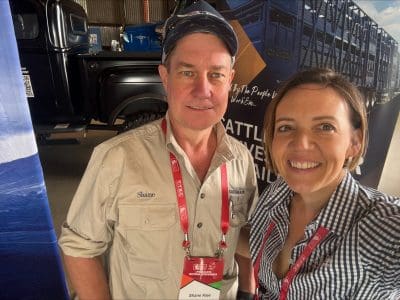 Shane Klee of Cattlemaster Livestock Trailers draws on skills honed as a heavy vehicle mechanic and refined over two decades of designing and building trailers and driving trucks for a major stock transport business.
Shane Klee of Cattlemaster Livestock Trailers draws on skills honed as a heavy vehicle mechanic and refined over two decades of designing and building trailers and driving trucks for a major stock transport business.
Three years ago, Shane and his wife Kristy launched Cattlemaster Livestock Trailers in partnership with a manufacturing team with a vision to work closely with transport operators—large and small—to custom-build trailers tailored to individual needs and preferences.
Since then, the couple has supplied cattle crates of all configurations to customers across Queensland.
“At the end of the day, it’s like building cars or trucks, Holdens or Fords, Kenworths or Macks—everyone’s got different likes and preferences,” Shane said.
Growing emphasis on safety
A notable change he’s seen is the growing emphasis on safety, particularly to protect newer or less experienced workers. Features like additional grab rails and work lights for night loading have become standard in recent years, he said.
“For younger guys just starting out, it’s all about making it as safe as possible, making sure doors close properly and don’t come back at you,” Shane said.
Stainless steel flooring is also now in high demand, with clients willing to invest in the longer-lasting, easier-to-clean option despite the extra cost.
Cattlemaster has also delivered custom innovations, including automated internal ramps that operate at the push of a button—removing the need to manoeuvre heavy components from awkward internal positions.
As many people call for more manufacturing in Australia, Shane and Kristy are demonstrating you don’t need to be corporate in scale to make it work successfully.
Pop-up upper deck handrails add big safety advantage
A stock trailer safety innovation developed by JBS Australia has won an important WorkSafe Queensland award.
A pneumatically-erected and lowered safety handrail on the upper deck of stock trailers (visible in yellow in the image below) earned the 2023 WorkWell Award, minimising the risk of falls when people are working cattle from the elevated position.
JBS Carriers, the company’s transport division, is installing the railings across its entire trailer fleet (see earlier Top 25 entry).
JBS’s Northern Division designed and built the pneumatically-operated handrail system, similar to other operational systems seen on tanker trailers. The development followed extensive consultation with livestock drivers and trailer manufacturer, Rytrans Manufacturing.
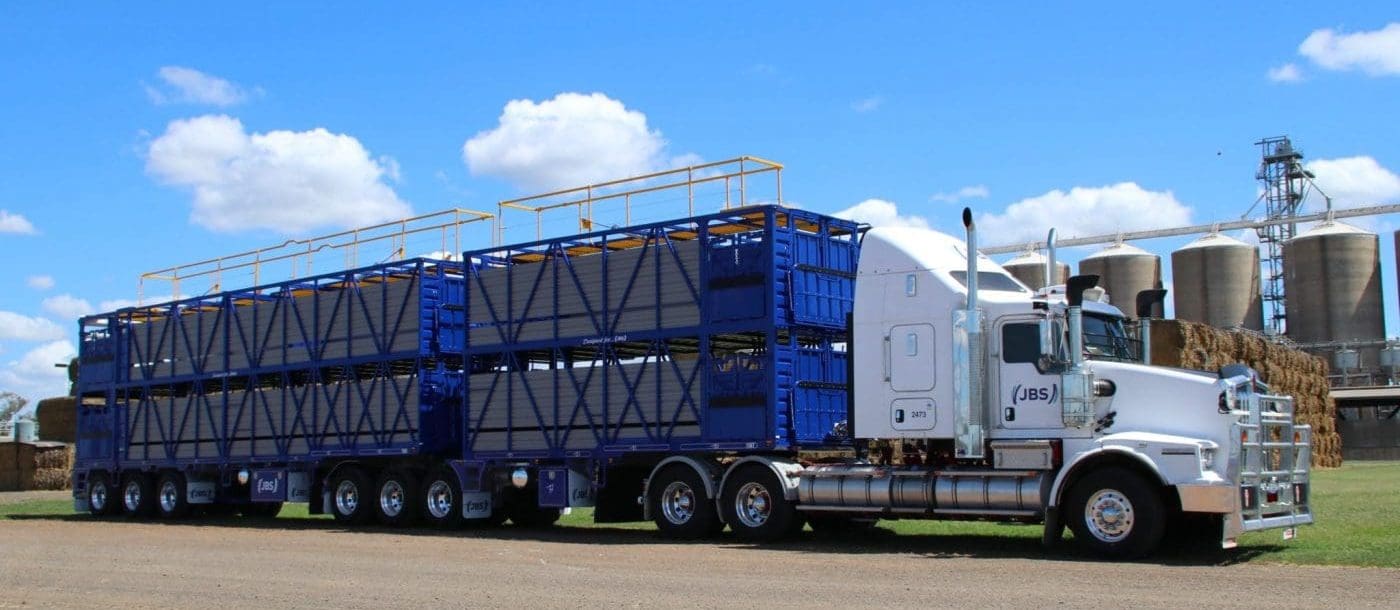
JBS Carriers B-Double at Beef City feedlot near Toowoomba
The handrail system works by allowing the rails to lifted up and locked in place when activated. This provides a fall protection for drivers of the vehicles when they access the top tier of the trailer during loading or unloading, some 30 feet off the ground. The handrails fold down when they are not in use, at the touch of a button, making them the same overall height as the trailer.
The handrail system integrated into the design of the livestock trailer is an industry first, and can be easily activated by the driver in all parked locations.
JBS Australia Northern Division’s award citation says the company has demonstrated its leadership and commitment to providing a safe workplace for all employees.
Here’s a short video about how the railings are deployed:
Arguably some of the biggest innovations in livestock trailer design over the years have been the adoption of air-bag suspension; effluent storage systems; walk-through access from one trailer to another, greatly simplifying loading; the adoption of triple-axle trailers; and the use of lighter but more durable materials to greatly reduce tare weight.
Aig-bag suspension
Byrne Trailers was one of the first manufacturers to introduce air-bag suspension to livestock trailers. Mr Bray estimates that about 98 percent of livestock trailers in Australia would be on air bags now.
Non-bruising
Another area in which trailer design has had a big impact on the industry has been through contributing to the reduced prevalence of bruising of livestock.
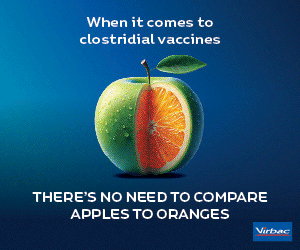 “It has changed a lot, there is equipment that is better suited to non-bruising, it comes to down to gate systems and latch systems and other things, Mr Bray said.
“It has changed a lot, there is equipment that is better suited to non-bruising, it comes to down to gate systems and latch systems and other things, Mr Bray said.
“If you are carting cattle into places and they’re getting bruising, then you’re going to know about it.
“Livestock are worth so much money these days. I know there are certain abattoirs that have a rating, they rate their carriers on bruising. This is what a lot of people don’t realise, like the activists for example, if these carriers don’t look after the stock they’re carrying, they won’t have any work, it’s simple as that.”
Click here to return to Top 25 Transporters feature, or click here to return to the table of Top 25 entries.

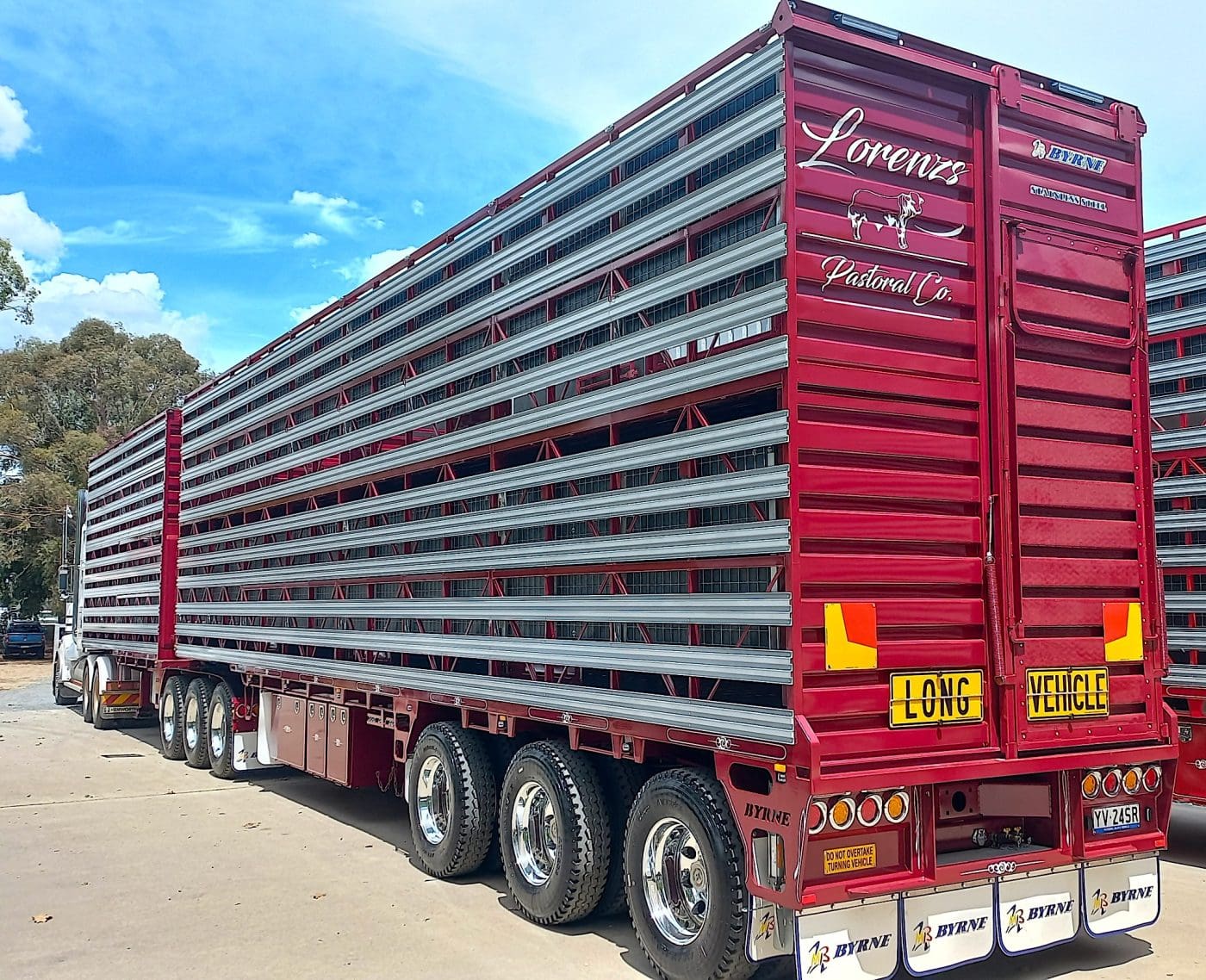
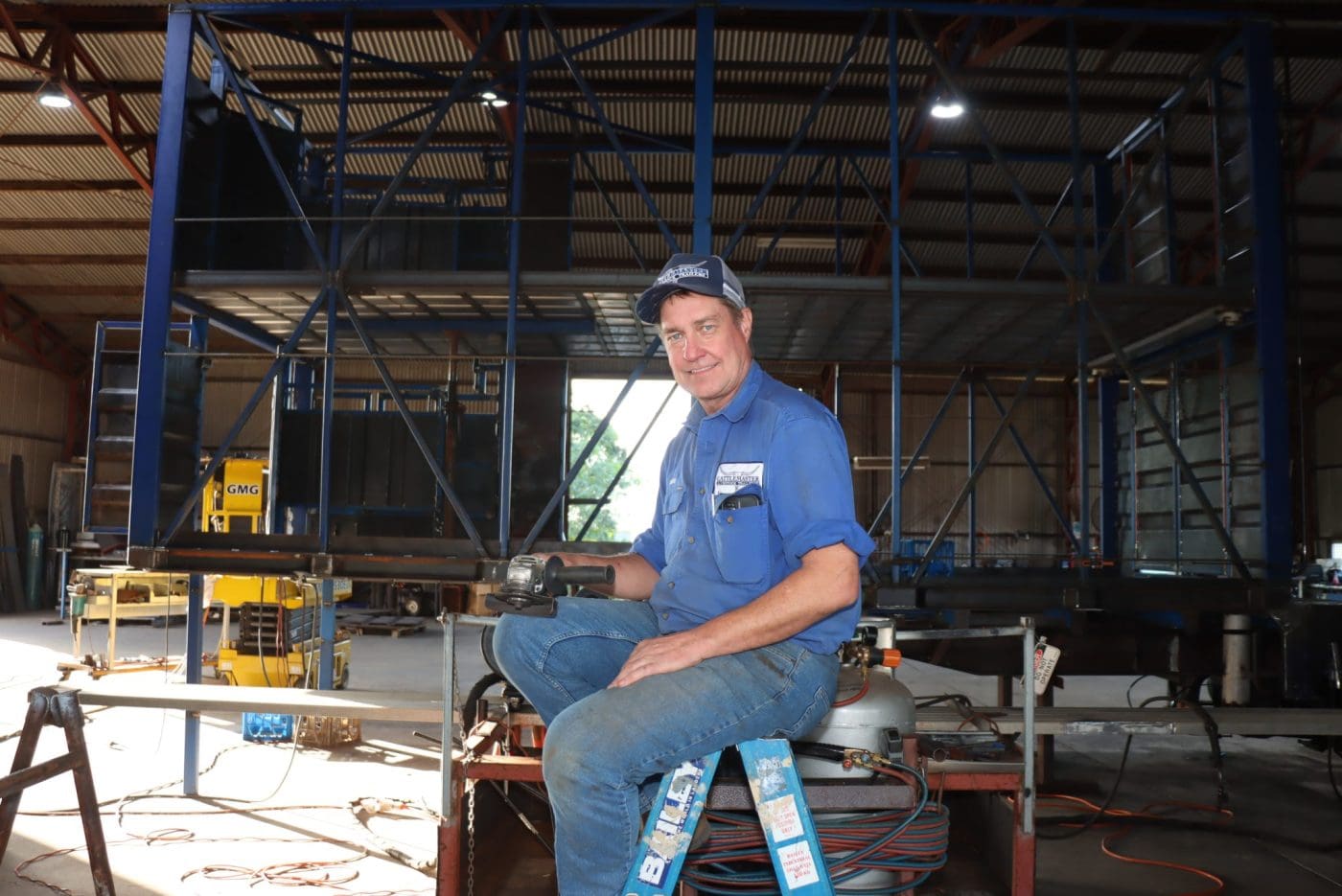
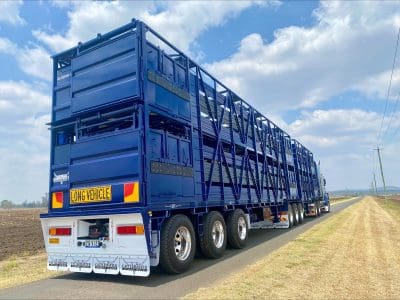
Interested in cattle trailer designs and evolving technologies driven by safety and efficiency